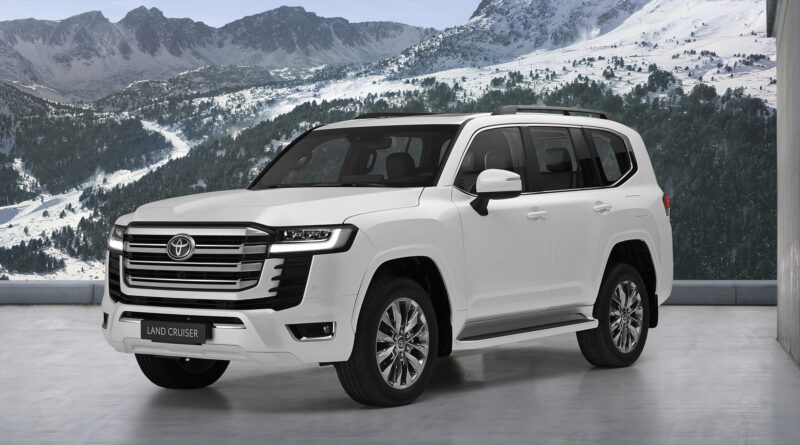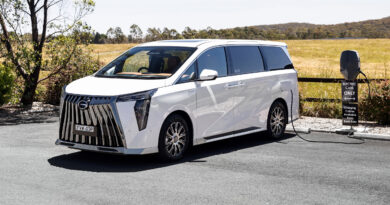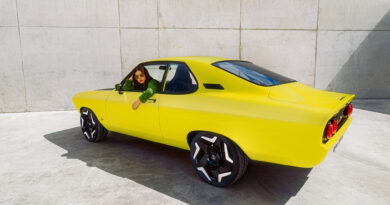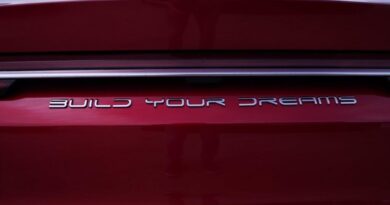Toyota a winner as CO2 reduction plan introduced to parliament with less pressure on SUVs and utes
Australia is on schedule to have a CO2 reduction scheme for motor vehicle in place by January 1 2025.
The long overdue initiative starts the process of ratification into law today with the introduction of legislation to federal parliament.
The New Vehicle Efficiency Standard (NVES) is expected to have a relatively smooth passage through both the House of Representatives and the Senate as the Albanese government has the majority in the former and the support of key cross-benchers in the latter.
READ MORE: Give credit where it’s due! Hyundai calls for more EV support under Labor’s new CO2 reduction scheme
READ MORE: It’s a green light for electric vehicles! Aussie CO2 standard tough on Toyota, SUVs and utes
READ MORE: Get out of the way diesel! Toyota Prado petrol-electric hybrid SUV coming to Australia as soon as 2024
The legislation has been watered down from the preferred ‘Option B’ the government presented in its impact analysis published in early February, which was followed by a month of intense debate and attracted many submissions from auto makers, interest groups and individuals.
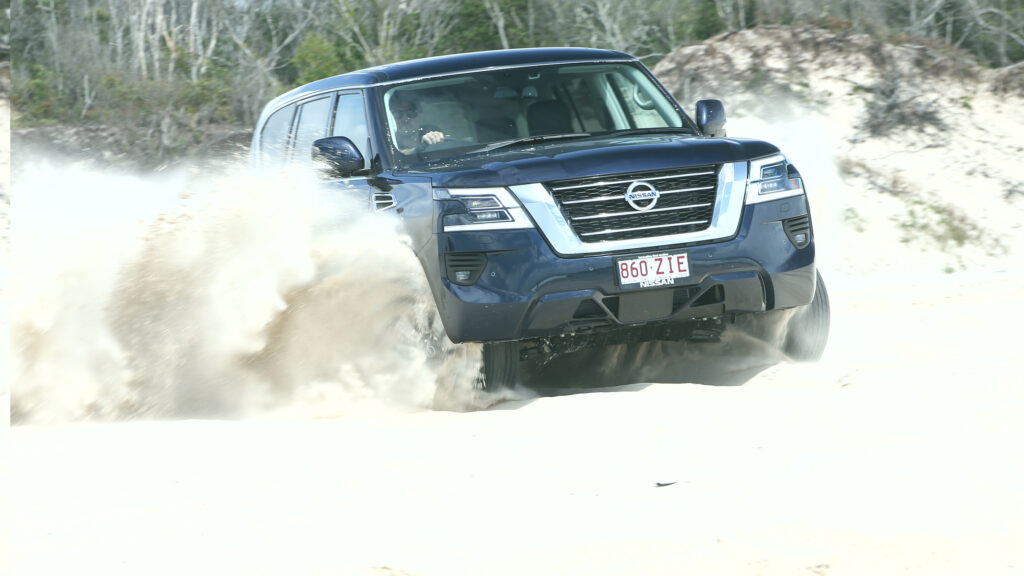
But it is still a tough document, forecast to cut carbon-dioxide emissions by 321m tonnes by 2050. That’s down from the 369m tonnes predicted under the government’s initial proposal.
The changes confirmed by the government are:
>>> Recategorising a limited number of 4WDs from passenger car to light commercial vehicle. This acknowledges that some off-road wagons use similar ladder-frame chassis, and need comparable towing capacity above 3 tonnes, to dual cab utes. This includes models such as the Toyota Landcruiser and Nissan Patrol;
>>> Smoothing the emissions trajectory for light commercial vehicles. This reflects adjustments announced by the US EPA to its vehicle Standard and smooths the transition for utes, vans and 4x4s;
>>> Adjusting the weight-based relative emissions limits (known as the break point), recognising that heavier vehicles emit more;
>>> Staging implementation to enable preparation and testing of essential data reporting capabilities. To ensure the implementation is correct the scheme will commence on 1 January 2025 but manufacturers will not begin earning credits or penalties until 1 July 2025.
To help accelerate the transition, the Government has also announced it will provide $60 million to boost EV charging at Australian auto dealerships, under the Driving the Nation fund.
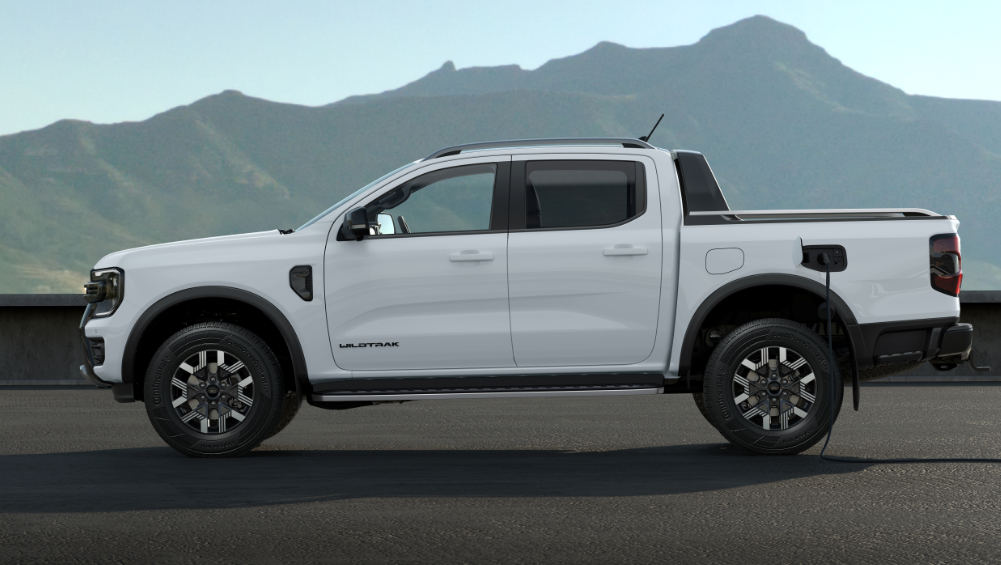
The changes – especially those related to SUVs and light commercials – will be music to the ears of Toyota, which makes an enormous amount of money and commands a huge market share on the basis of vehicles such as LandCruiser (pictured top) and Prado SUVs and the HiLux ute.
Ford, with its reliance on the diesel Ranger and Everest and Isuzu, which has only the diesel D-MAX and MU-X in its line-up, are also potential beneficiaries of the modifications.
Ford adds a plug-in hybrid Ranger here in 2025 and Isuzu a battery electric D-Max by 2026.
But Mazda, currently the number two seller in Australia, and one of the most vocal critics of Option B and the NVES, can gain little solace because its vehicles sit in the passenger vehicle segment and its pipeline of low and zero emissions vehicles is limited.
Response to the modified NVES has been mostly positive across the spectrum of interested parties. Here’s a taste of them.
Toyota:
“Toyota has long supported the introduction of an ambitious fuel efficiency standard that is calibrated to the unique requirements of the Australian market and leaves no-one behind,” said Toyota Australia president and CEO Matthew Callachor in a statement.
“Even so, Toyota and the industry face huge challenges that must be addressed before these significant reductions can be realised.”
Hyundai:
“The [revised] NVES framework seems to strike the right balance between ambition and practicality,” said Hyundai Australia chief operating officer, John Kett.
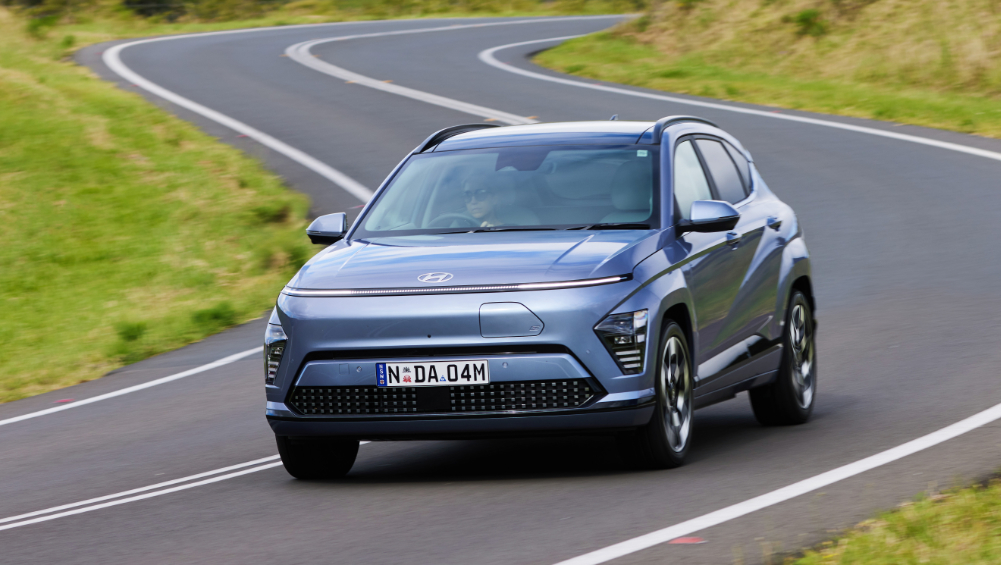
Motor Trades Association of Australia:
“MTAA commends the Australian Government for their approach and appreciates the seat at the table throughout these critical discussions,” said CEO Matt Hobbs.
“Working side-by-side with the Government has provided MTAA members with a leading voice into this policy – the result being a program that better reflects the country’s love of utes and SUVs while preparing for an EV future.
“The next few years, however, are critical for the automotive industry, and we all intend to do our part in decarbonising the country’s transport sector. But consumers must come first, and we believe the adjustments to the policy strikes this delicate balance.
“The proposed standard is still ambitious and challenging for the many car brands in the Australian market. It is important to note that the changes to the standard that the MTAA secured has ensured it is workable.”
Federal Chamber of Automotive Industries:
“The Federal Chamber of Automotive Industries (FCAI) welcomes today’s changes by the Albanese Government on the New Vehicle Efficiency Standards (NVES) and recognises it as a step in the right direction,” it said in an uncredited statement.
“However, we continue to have concerns about the impending challenges facing industry and motorists.”
Electric Vehicle Council:
“The government’s NVES model represents strong, ambitious standards that will send a clear signal to the global automotive industry: Australia now demands the same options in electric cars, vans and utes that you offer to the US and Europe,” Jafari stated.
Australian Climate Council:
“Our cars produce more than 10 percent of Australia’s total climate pollution, and the average family pays over $5000 a year for fuel. The New Vehicle Efficiency Standard will mean we can wave goodbye to those eye-watering fuel bills and unhealthy air, and get on the road to cleaner, more affordable transport,” said CEO Amanda McKenzie.
Smart Energy Council:
“The Smart Energy Council is disappointed the proposed New Vehicle Efficiency Standards have been weakened to include some SUVs in the light commercial vehicle category, with the emissions reduction trajectory also weakened,” Chief Executive, John Grimes said
“Calling a Toyota Land Cruiser a light commercial vehicle does not pass the school drop off test.
“Toyota is Kodak on wheels – a company that has failed to modernise, wanting us all to pay the price for their poor business decisions and lack of action.”

